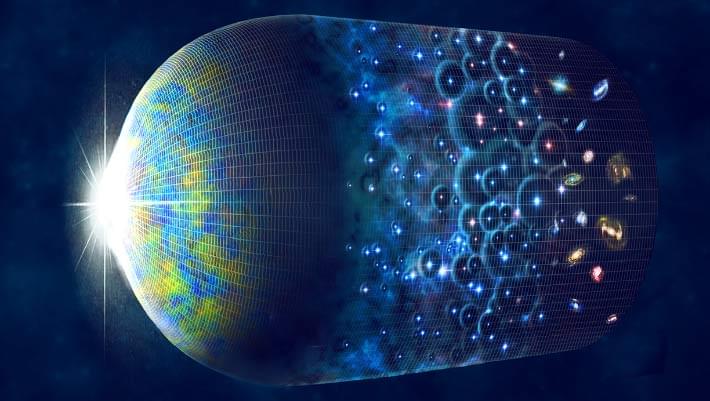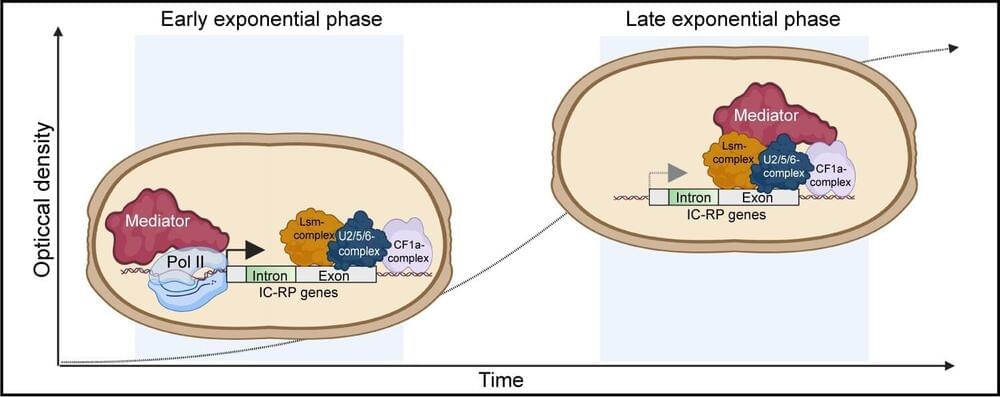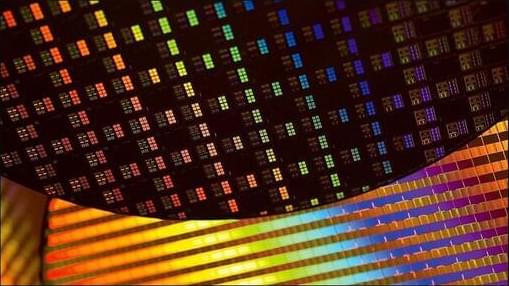The importance of psychology in resisting China.




Electrify America (EA) increased its total number of chargers to over 4,000 in 2023 – here’s what it’s aiming to achieve in 2024.
In 2022, there were 5.3 million customer charging sessions on Electrify America’s network. In 2023, validated data reflected 10.9 million customer charging sessions – a 106% increase year-over-year.
EA’s EV charging network grew to over 900 stations across 47 US states, the District of Columbia, and six Canadian provinces last year. It also expanded into Hawaii and North Dakota for the first time.

We’re not even halfway through 2024, but it’s already an interesting year in the world of gadgets. Though tech giants usually release the typical assortment of new phones, smartwatches, laptops and tablets on an annual (or semiannual) basis, this year saw the debut of a few firsts.
Apple and Samsung, the world’s two largest smartphone makers, both expanded into new categories, with the iPhone maker releasing its Vision Pro mixed reality headset and the Korean tech giant announcing the Galaxy Ring, a wellness tracker meant to be worn around the finger. Startups Rabbit and Humane AI also generated plenty of hype with their AI-fueled gadgets, both of which require you to dictate commands to portable AI agents rather than swiping on screens.
So what do the Apple Vision Pro, Samsung Galaxy Ring, Rabbit R1 and Humane AI Pin have in common? Not much it seems, at least on the surface. But all these gadgets share one common goal: to change our relationship with screens.


Researchers at Umeå University, Sweden, have discovered that how a special protein complex called the Mediator moves along genes in DNA may have an impact on how cells divide. The discovery may be important for future research into the treatment of certain diseases. The study is published in Nucleic Acids Research.

Some online scams are more conspicuous than others, but the most insidious can be especially tricky to spot. For instance, last week, cybersecurity firm ThreatFabric uncovered a new Android malware family that cleverly disguises itself as a Google Chrome update. Before you click a link claiming to provide updates for Chrome, be sure that it isn’t fake.
ThreatFabric analysts found the malware — which they dubbed Brokewell — on a fake browser update page designed to fool people into downloading a malicious app. If the page manages to fool you, you’ll end up downloading seriously dangerous malware.

TSMC has announced a new process for 2026 that seems to be a direct attack on Intel. As we all know, Intel’s first Angstrom node is Intel 20A, to be followed by Intel 18A. In a move reminiscent of a disposable razor commercial, TSMC has announced a new process called “A16” for 2026—which, as you can see, has a lower number than Intel’s competing nodes. It will also be the first TSMC process to offer backside power delivery, which Intel will also deliver with its Angstrom nodes.
TSMC unveiled the A16 process at its North America Technology Symposium in Santa Clara this week. Notably, Intel has its headquarters in Santa Clara, so this is like TSMC standing on the company’s front lawn and yelling, “You want some of this?!” The A16 process will follow the company’s 2nm node and feature nanosheet gate-all-around (GAA) transistors along with backside power delivery, which it calls Super Power Rail architecture. TSMC says A16 will offer 8–10% more performance than N2P at the same power or enable a 15–20% reduction in power requirements with the same performance. It will also feature a 1.1x increase in density.

UK startup is set to develop innovative waterless hydro energy storage system, addressing limitations of traditional hydro power.